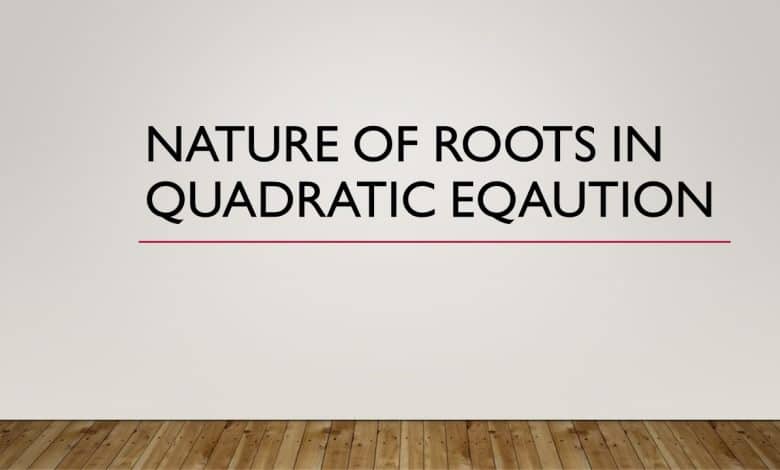Math
Discriminant and Nature of Roots In Quadratic Equation

A quadratic equation is an equation of the form ax2 + bx + c = 0. The values of x that satisfy the quadratic equation are called the roots of the equation. The roots of a quadratic equation can be found by factorization, completing the square or using the formula.
Before I can explain the discriminant, there is a need to fist express the quadratic formula. The formula makes it possible to express the roots of a general quadratic equation of the form ax2 + bx + c = 0 in terms of the coefficients of a, b, and c. Then the roots are now express as
 From the formula the discriminant is b2 – 4ac. The value of b2 – 4ac determine the nature of the roots of the equation:
From the formula the discriminant is b2 – 4ac. The value of b2 – 4ac determine the nature of the roots of the equation:
 From the formula the discriminant is b2 – 4ac. The value of b2 – 4ac determine the nature of the roots of the equation:
From the formula the discriminant is b2 – 4ac. The value of b2 – 4ac determine the nature of the roots of the equation:
- If b2 – 4ac is positive or greater than zero, the two roots are real and different;
- If b2 – 4ac is zero, the two roots are real and both equal to -b/2a
- If b2 – 4ac is negative or less than zero, the quadratic equation has no real roots, i.e. the roots are complex numbers or imaginary.
